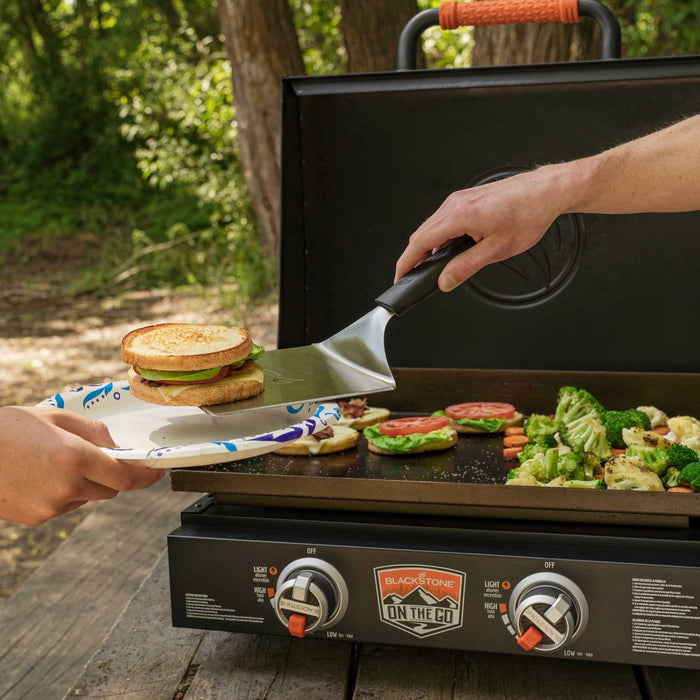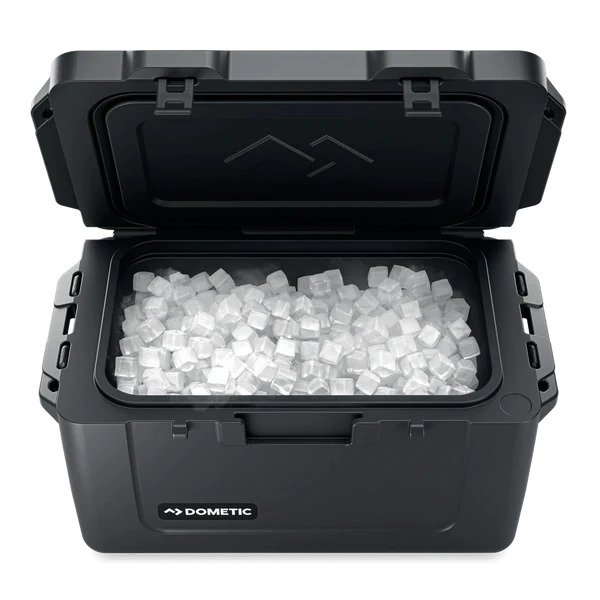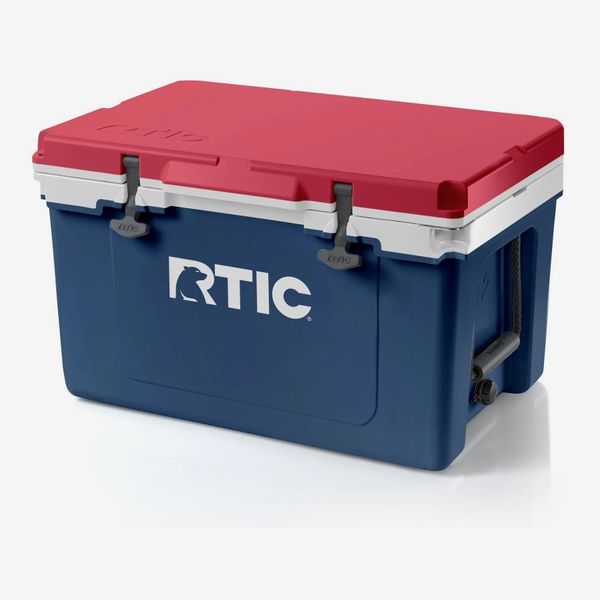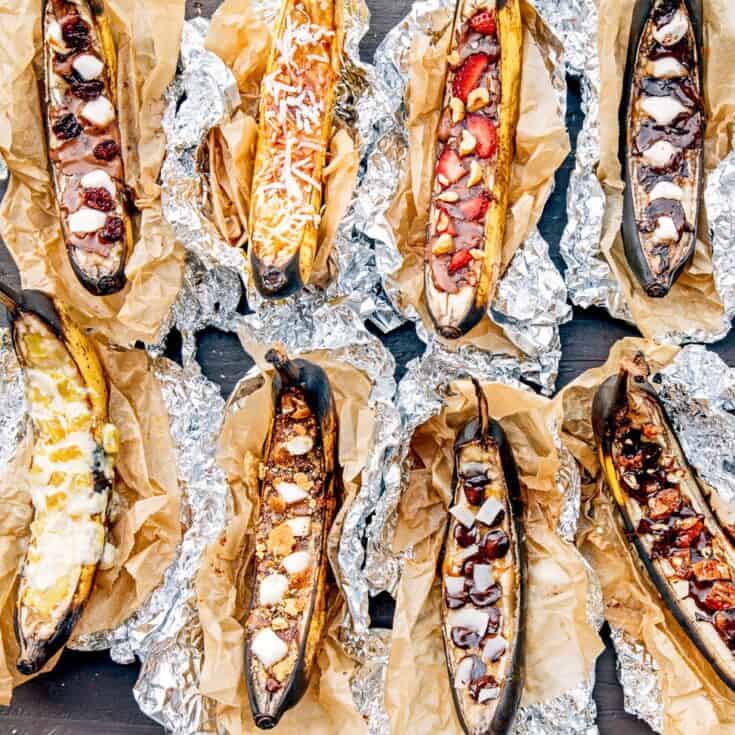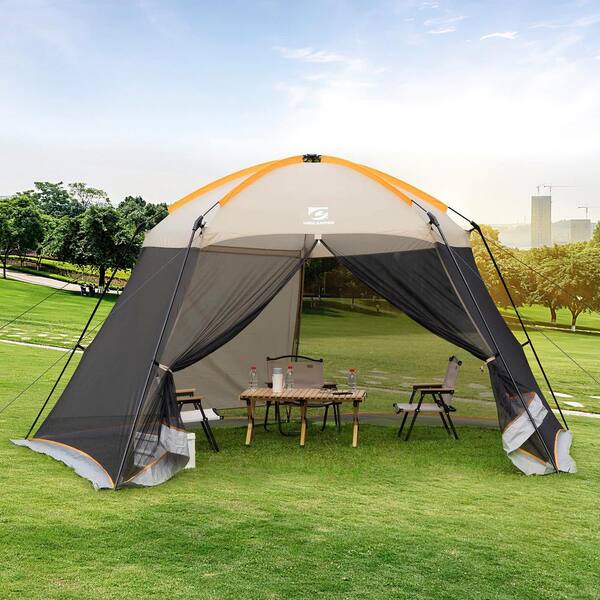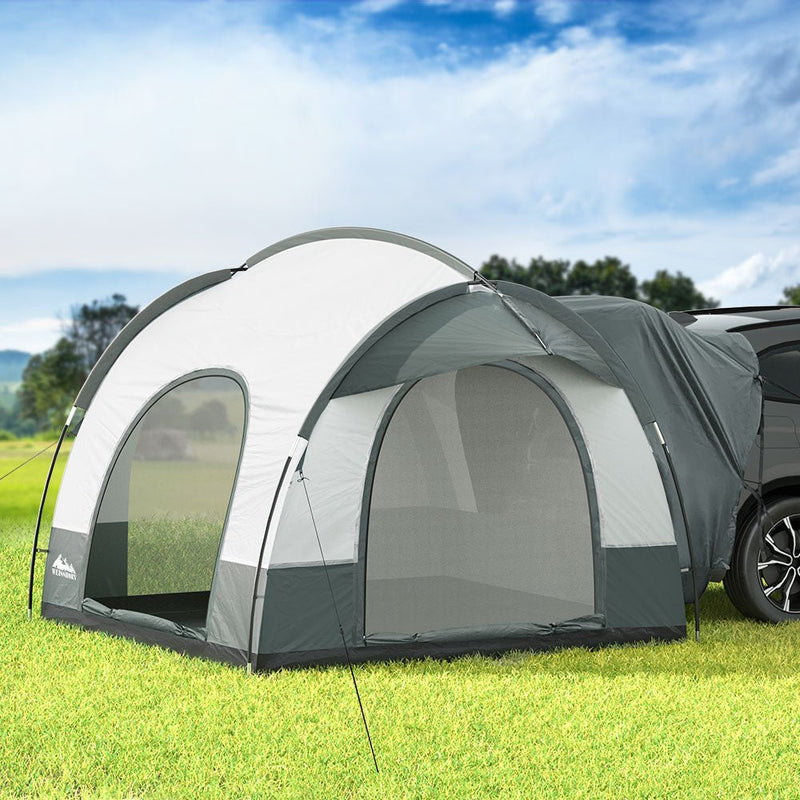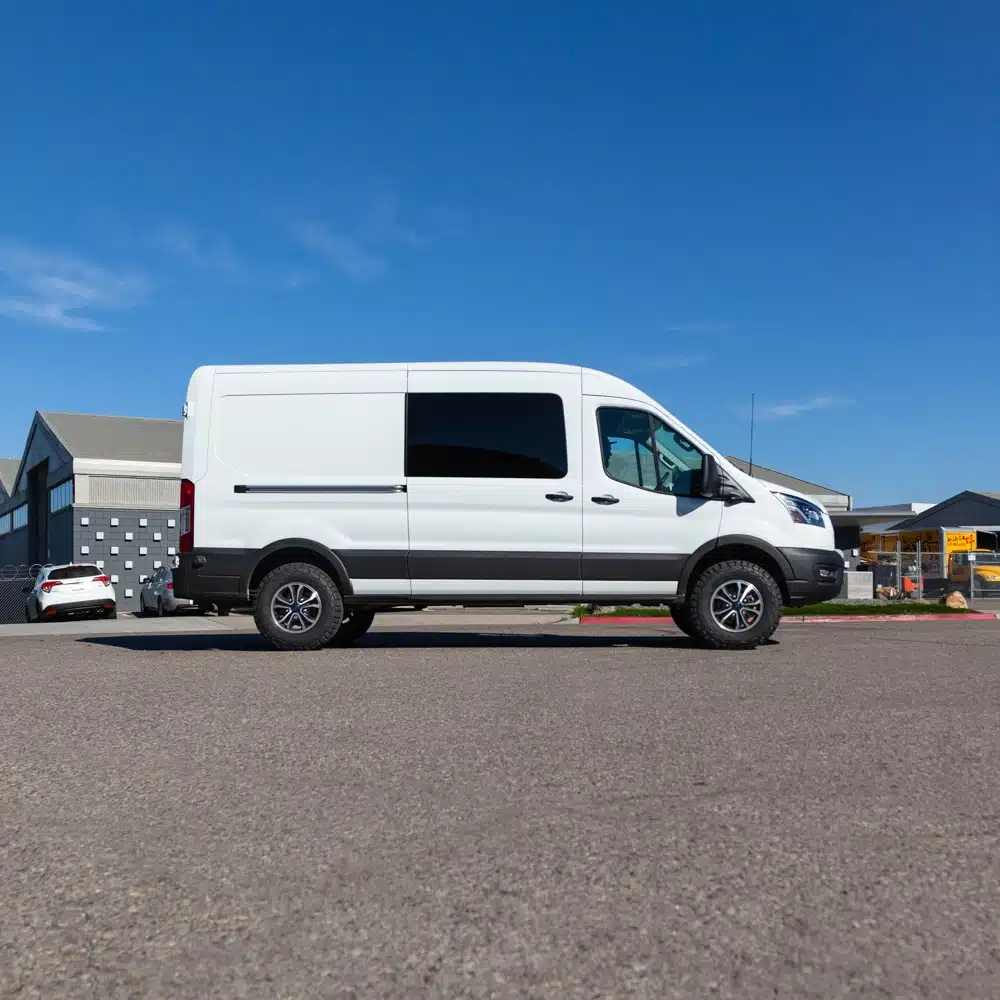Introduction to Compasses
Navigating through the wilderness requires reliable tools. One essential tool is the compass. With advancements in technology, digital devices have become popular for navigation. However, these gadgets can fail due to various reasons such as dead batteries or lost signals. Therefore, understanding the fundamentals of a compass is crucial for anyone venturing outdoors.
Historical Background of Compasses
The history of the compass dates back over 2,000 years. Ancient Greeks first discovered Earth’s magnetic fields, laying the foundation for the compass. By the 12th century, Chinese scientists were using magnetized needles for navigation. Initially, compasses were simple, indicating only the four cardinal directions: north, south, east, and west. As technology progressed, compass designs evolved to include 360 degree markings for more precise navigation. Today’s compasses are highly accurate, but they operate on the same magnetic principles as their ancient counterparts.
Basic Components of a Compass
Navigating effectively demands knowing your compass’s basic components.
Baseplate
The baseplate is a hard, transparent, flat surface found on compasses. It often has rulers along the edges to measure map distances. Its clear nature allows map features to be visible beneath it. Ensure the baseplate doesn’t have scratches for the best visibility.
Magnetic Needle
This is a magnetized piece of metal that always points towards magnetic North. One end usually has a distinctive color, often red, for easy north identification. The needle should freely rotate if the compass is flat and steady.
Rotating Bezel (Azimuth Ring)
The rotating bezel, also known as the azimuth ring, has 360-degree markings. By turning this bezel, you can set a bearing or align the compass with a map. It is crucial for accurate navigation.
Orienting Arrow and Lines
These are on the compass floor and help align the magnetic needle with north on a map. The orienting arrow should fit the shape of the magnetic needle’s end. Always ensure they match up precisely for accurate readings.
How to Use a Compass
Navigating with a compass is a fundamental outdoor skill. Below, we outline steps to properly set a bearing and navigate using a compass and a map.
Setting a Bearing
To set a bearing with a compass, follow these steps:
- Identify your target destination on your map.
- Place your compass on the map so the edge of the baseplate connects your current location and the destination.
- Rotate the compass housing (bezel) until the orienting lines and needle align with map’s north.
- Read the degree marking from the index line at the top of the compass housing. This is your bearing.
- Hold the compass in front of you with the direction of travel arrow pointing forward. Turn yourself until the magnetic needle aligns with the orienting arrow in the compass housing.
Navigating with a Compass and Map
Once you have set your bearing, use these steps to navigate:
- Keep the compass level in front of you with the direction of travel arrow pointing straight ahead.
- Move forward consistently while ensuring the magnetic needle remains aligned with the orienting arrow.
- Check your progress on the map periodically to confirm you are on the right path.
- Adjust your direction as necessary if landmarks or map features indicate a correction is needed.
Using these steps, you can confidently navigate through terrain, even when trails or signs are not present.
Types of Compasses
Navigating requires more than knowing compasses parts. Knowing different compasses types is essential.
Baseplate Compasses
Baseplate compasses are popular among hikers and orienteers. They have a clear, flat base with measurement markings. This design allows for easy map overlay and distance measuring. They’re robust and reliable for detailed navigation.
Mirror and Sighting Compasses
Mirror and sighting compasses offer advanced functionality. They have additional sighting tools like mirrors or prisms. These features help in taking precise bearings on distant landmarks. They are ideal for navigating challenging terrains where accuracy is critical.
Specialty Compasses: Thumb and Lensatic
Thumb compasses are small and attach to the thumb. They are useful for runners or orienteers who need to move quickly. Lensatic compasses, often used by the military, have a folding cover with a sighting wire. This setup aids in extremely precise navigation.
Each type of compasses serves a specific purpose and situation. Choose your compasses based on your specific navigation needs.
Practical Tips for Compass Maintenance
Navigating accurately demands a well-maintained compass. Look after your compass with these practical tips.
Avoiding Magnetic Interference
Keep your compass away from magnetic sources to ensure accuracy. Avoid close contact with phones, batteries, and metal objects. Separate these items from your compass during storage and use. Consistent exposure to strong magnets can permanently damage a compass’s ability to point north.
Proper Storage and Care
Store your compass in a cool, dry place when not in use. Protect it from scratches and drops with a padded case. Keep it clean, especially the baseplate and needle. Use a soft cloth for cleaning. If you have a liquid-filled compass, monitor for leaks and bubbles. Lastly, always consult your compass’s manual for specific manufacturer recommendations.
Advanced Compass Features
Navigating through challenging terrain demands precision. Advanced compass features meet this need, enhancing navigation considerably.
Global Needles and Declination Adjustment
Modern compasses may come with global needles. These needles work well across both northern and southern hemispheres. This feature is vital for travelers who journey between different continents. Also, declination adjustment is critical for accurate navigation. This function allows compasses users to account for the difference between magnetic and true north. Once set, it provides consistent directionality without requiring manual calculation, simplifying navigation.
Inclinometers and Additional Sights
Inclinometers measure slopes and angles, useful for assessing terrain and planning routes. They are especially helpful in mountainous areas. Additional sights, like mirrors or prisms, enhance accuracy. They allow for sighting distant features with precision. These added components make advanced compasses essential for serious navigators and outdoor enthusiasts.
Conclusion
The Importance of Mastering Compass Skills
Mastering compass skills offers unmatched benefits for outdoor enthusiasts and adventurers. Understanding compasses’ parts and their functions empowers you to navigate confidently and independently, especially in areas without digital coverage. Using parts of a compass proficiently ensures you remain oriented and can help prevent getting lost, which enhances safety during your outdoor activities.
With compasses, you gain a reliable, non-electronic backup for navigation. This skill proves essential when GPS devices or smartphones fail due to low battery, poor signal, or extreme weather conditions. Knowing how to effectively use a compass also provides a deeper connection with the natural environment, encouraging a more immersive experience.
Besides the practical benefits, using a compass can be a fun, engaging way to introduce younger generations to the principles of geography and orientation. It’s also a practical skill that fosters problem-solving and decision-making abilities. Mastering compasses’ usage is not just about finding your way but also building resilience and preparedness for any adventure.
In conclusion, compasses is an invaluable tool for navigating the great outdoors. By understanding how to take and follow bearings, and how to use compasses with a map, you can confidently explore the wilderness and find your way to your destination. With practice and experience, using a compass will become second nature, and you’ll be able to enjoy all the wonders that the outdoors has to offer.







![The 12 Best Camping Stoves [2024] | Take The Truck](https://images.squarespace-cdn.com/content/v1/5bbd67d490f9042649da280e/1721dd60-271f-40af-9c62-cb9ebfba6713/best-camping-stoves.jpg)



